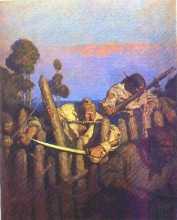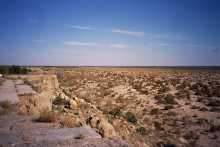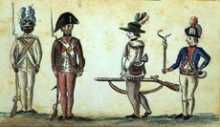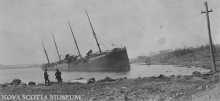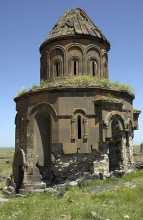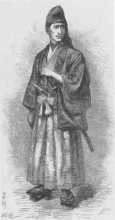The Maya
Take the Maya, for example. Several hundred years ago, their Classical Maya ancestors built massive stone cities, waged war on each other relentlessly, and conducted large-scale human sacrifices. At some point, and no one knows exactly why, they turned their backs on the big cities, retreated back into the jungles, stopped carrying out the human sacrifices. The spiritual core of the ancient culture was carried on within their villages, which retained myths and rituals from the Classical era, but it is safe to say that their culture was transformed somehow from within.
The fact that historians refer to this as “the fall of the Maya” tells us everything about what is wrong with our own society. Many of these same historians insist on referring to the Maya in the past tense, as if they somehow stopped existing when they abandoned their cities. This is not just an oversight, because an invisible people has no power over its own destiny but must always be at the mercy of outside forces. When the Mayans decided they had had enough of being invisible, they rose up in rebellion under the Zapatista banner.
The Zapatistas are a revolutionary movement like no other. They are an armed movement, and they have waged war against the Mexican government in a limited way. But they commit no atrocities and they do not seek to destroy the structure of Mexican society. Rather, they use armed struggle almost surgically in defense of the ability of Maya communities in Chiapas to remain self-governing, self-sufficient entities. The Zapatista armed forces are firmly committed to the principles of participatory, “bottom-up” democratic government, and they take their orders directly from the village councils of the Mayan people.
As long as we continue to see endless growth and endless power-seeking as the defining norm in human relations, we will continue to speak of the “fall of the Maya.” If we choose to interpret history in a different way, we will see the story of the Maya very differently. They never fell, they just chose a different way of life and social organization- and they are still pioneering new possibilities that may benefit us all.


